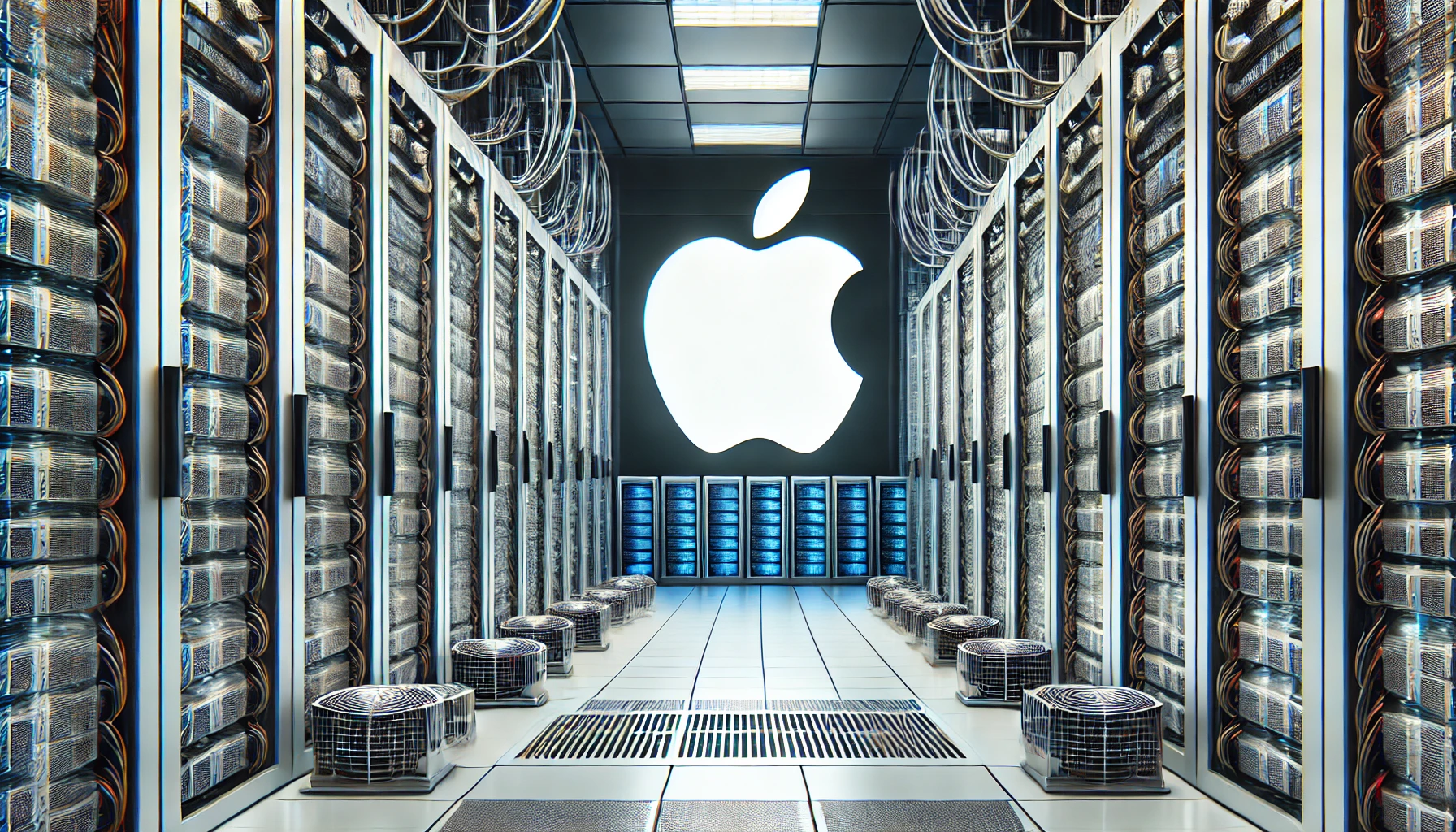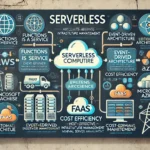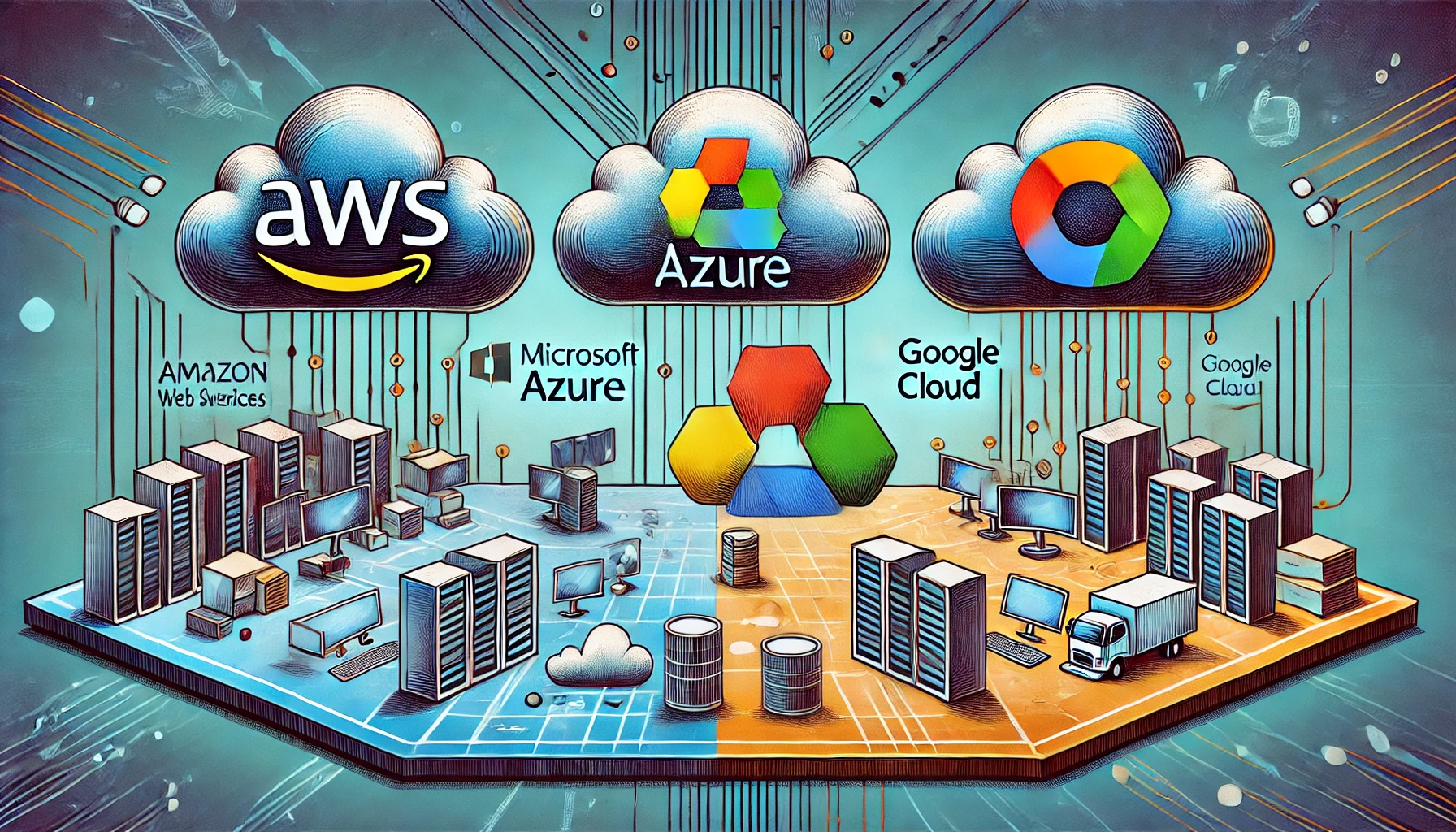What Does “Democratizing AI” Actually Mean?
Before we dive in, let’s get one thing straight: what exactly does “democratizing AI” even mean? Simply put, it’s about removing the roadblocks that keep AI out of reach for most people. It’s about making the tools, the knowledge, and the power of AI available to anyone, regardless of their background, technical skills, or budget. Think about it – imagine being able to build your own AI-powered chatbot for your small business, or using AI to help you learn a new language, without needing a PhD in computer science. That’s the dream, and it’s becoming a reality.
The Old Days: AI for the Few
In the past, building and using AI was a major undertaking. You needed:
- Massive computing power: Think expensive supercomputers.
- Specialized skills: You needed a team of data scientists, engineers, and researchers.
- Huge budgets: Let’s just say, it wasn’t cheap!
This meant that only large corporations and well-funded institutions could play the AI game. It was a bit unfair, right? It felt like only the “chosen ones” could benefit from the advancements in AI.
Enter the Cloud: The AI Game Changer
Now, fast forward to today. Cloud platforms like Amazon Web Services (AWS), Google Cloud Platform (GCP), and Microsoft Azure have completely changed the game. These platforms offer:
- On-demand computing power: You can access powerful computing resources without buying expensive hardware.
- Pre-built AI tools and services: These platforms provide ready-to-use AI models and services for tasks like image recognition, natural language processing, and more.
- Pay-as-you-go pricing: You only pay for what you use, making AI accessible to businesses of all sizes.
It’s like having an AI toolkit at your fingertips, ready to go whenever you need it. This has made AI far more accessible, leading to innovation and exciting new possibilities for everyone, not just the tech giants.
How Cloud Platforms are Democratizing AI
So, how exactly are these cloud platforms making AI accessible? Let’s break it down:
1. Lowering the Technical Barrier
Cloud platforms provide a user-friendly interface, and many offer no-code or low-code options. This means you can build and deploy AI solutions without needing to be a coding whiz. For example, you can use pre-trained models for image recognition to identify objects in photos, or to analyze text sentiment without writing a single line of code. It’s like using LEGOs: you don’t need to design the bricks, you just snap them together to create something amazing. I even tried this myself recently – I used a pre-built model on AWS to analyze the sentiment of customer reviews for a project I was working on. No coding knowledge needed!
2. Reducing the Cost Barrier
The pay-as-you-go pricing model of cloud platforms is a huge game-changer. You don’t need to invest in expensive hardware or hire a team of data scientists upfront. You simply pay for the resources you use. This makes AI accessible to small businesses, startups, and even individuals who want to experiment with AI. I remember when I was first starting out and wanted to experiment with machine learning. The cloud made it possible for me to try different things without breaking the bank.
3. Providing Scalability
Cloud platforms offer incredible scalability. As your AI needs grow, you can easily scale up your resources. Need more computing power to process more data? No problem! Need to deploy your AI application to a larger audience? Easy peasy! This scalability ensures that your AI solutions can grow with your business, without any headaches.
4. Fostering Collaboration and Innovation
Cloud platforms encourage collaboration. They provide a central place for developers, data scientists, and business users to work together on AI projects. This collaborative environment fosters innovation and accelerates the development of new AI applications. Think of it as a digital playground where everyone can contribute their skills and ideas.
5. Offering Pre-built AI Services
Cloud providers offer a wide range of pre-built AI services that are ready to use. These services can handle common AI tasks, such as:
- Image Recognition: Identifying objects and faces in images.
- Natural Language Processing (NLP): Understanding and generating human language.
- Speech Recognition: Converting speech to text.
- Machine Translation: Translating text between languages.
- Recommendation Systems: Providing personalized recommendations.
This means you don’t have to build these AI functionalities from scratch. You can simply integrate them into your applications. It’s like having a whole team of AI experts at your disposal, without the need to hire anyone!
Real-World Examples: AI in Action, Thanks to the Cloud
Let’s look at some real-world examples of how cloud platforms are democratizing AI:
1. Small Business Chatbots
Imagine you own a small online store. You can use cloud-based AI to build a chatbot that answers customer questions, provides product recommendations, and helps with order processing. This saves you time and money, and it provides a better customer experience. No need to be a tech giant to offer 24/7 customer service!
2. Personalized Education
Educational institutions can use AI to personalize learning experiences. AI can analyze student performance and provide customized learning materials and feedback. This can help students learn more effectively and reach their full potential. The cloud makes it possible to implement these solutions at a fraction of the cost of traditional methods.
3. Healthcare Applications
In healthcare, AI can be used for a variety of applications, such as diagnosing diseases, developing new treatments, and improving patient care. Cloud platforms enable doctors and researchers to access powerful AI tools and resources without the need for expensive infrastructure. For example, AI is being used to analyze medical images (like X-rays and MRIs) to help doctors make faster and more accurate diagnoses.
4. Smart Agriculture
Farmers can use AI-powered tools to optimize their operations, such as monitoring crops, predicting yields, and managing resources. Cloud platforms provide the necessary computing power and data analysis tools to make this possible. This helps farmers increase productivity, reduce waste, and improve sustainability. I read a fascinating article recently about a farm that used AI to optimize its irrigation system, leading to a significant reduction in water usage.
5. Accessibility for People with Disabilities
AI-powered tools are being developed to help people with disabilities overcome challenges and improve their quality of life. This includes things like speech-to-text applications for those who are deaf or hard of hearing, and image recognition software that describes the world to those who are blind or visually impaired. Cloud platforms make these technologies more affordable and accessible, enabling more people to benefit from them.
Challenges and Considerations
While the democratization of AI is incredibly exciting, there are also some challenges and considerations to keep in mind:
1. Data Privacy and Security
As we collect and use more data, it’s crucial to protect its privacy and security. We need to ensure that AI systems are built and used in a way that respects individual privacy and complies with relevant regulations (like GDPR). This includes implementing strong security measures and being transparent about how data is being used. This is super important. It’s everyone’s responsibility to be aware of the ethical considerations when working with AI.
2. Bias and Fairness
AI systems can reflect the biases present in the data they are trained on. It’s important to be aware of this potential for bias and take steps to mitigate it. This includes carefully curating datasets, using diverse training data, and regularly auditing AI systems for bias. We want our AI to be fair to everyone.
3. The Skills Gap
While cloud platforms are making AI more accessible, there is still a need for skilled professionals to build, deploy, and maintain AI systems. We need to invest in education and training to ensure that more people have the skills they need to participate in the AI revolution. This is where courses, online tutorials, and bootcamps come in handy. It’s never too late to start learning!
4. Ethical Considerations
As AI becomes more powerful, we need to consider the ethical implications of its use. This includes questions about job displacement, the potential for misuse, and the impact on society. We need to have open discussions about these issues and develop ethical guidelines to ensure that AI is used for the benefit of humanity. It’s a conversation we all need to be part of!
The Future of Democratized AI
So, what does the future hold for democratized AI? I believe we’re only scratching the surface of its potential. Here are some things I envision:
- Even greater accessibility: More no-code and low-code tools will emerge, making AI accessible to an even wider audience.
- Increased collaboration: We’ll see more collaboration between developers, data scientists, and business users, leading to faster innovation.
- AI-powered automation: AI will automate more tasks, freeing up humans to focus on more creative and strategic work.
- Personalized experiences: AI will personalize our experiences in all aspects of our lives, from education and healthcare to entertainment and shopping.
- AI for social good: AI will be used to address some of the world’s biggest challenges, such as climate change, poverty, and disease.
The possibilities are endless, and I’m incredibly excited to see what the future holds. I encourage you to explore the world of AI, experiment with the available tools, and find your place in this exciting revolution. The journey might seem daunting at first, but trust me, it’s incredibly rewarding.
Getting Started with AI on the Cloud
Ready to jump in? Here’s how you can start exploring AI on cloud platforms:
- Choose a Cloud Provider: Start by exploring the major cloud providers, like AWS, Google Cloud, and Microsoft Azure. Each offers a free tier or trial that you can use to get started.
- Explore Pre-built Services: Familiarize yourself with the pre-built AI services offered by each platform. These services can handle a variety of tasks, such as image recognition, natural language processing, and more.
- Experiment with No-Code/Low-Code Tools: Many cloud platforms offer no-code or low-code tools that allow you to build and deploy AI solutions without writing any code. Try experimenting with these tools to get a feel for how AI works.
- Take Online Courses: There are countless online courses and tutorials available to help you learn about AI. Platforms like Coursera, Udemy, and edX offer a wide range of courses on AI and machine learning.
- Join the Community: Connect with other AI enthusiasts by joining online communities, attending meetups, and participating in online forums. Learning from others is a great way to stay motivated and learn new things.
- Start Small: Don’t try to do everything at once. Start with a small project and gradually increase the complexity as you learn.
Remember, the key is to start experimenting and have fun! The world of AI is constantly evolving, so it’s important to stay curious and keep learning. The best way to learn is by doing. So, don’t be afraid to get your hands dirty and start building!
I hope this article has given you a good overview of how cloud platforms are democratizing AI and what the future holds. This is truly an exciting time to be involved in the tech world. I am confident that as more and more people gain access to AI tools and knowledge, we will see an explosion of innovation and a significant positive impact on society. Embrace the future!



